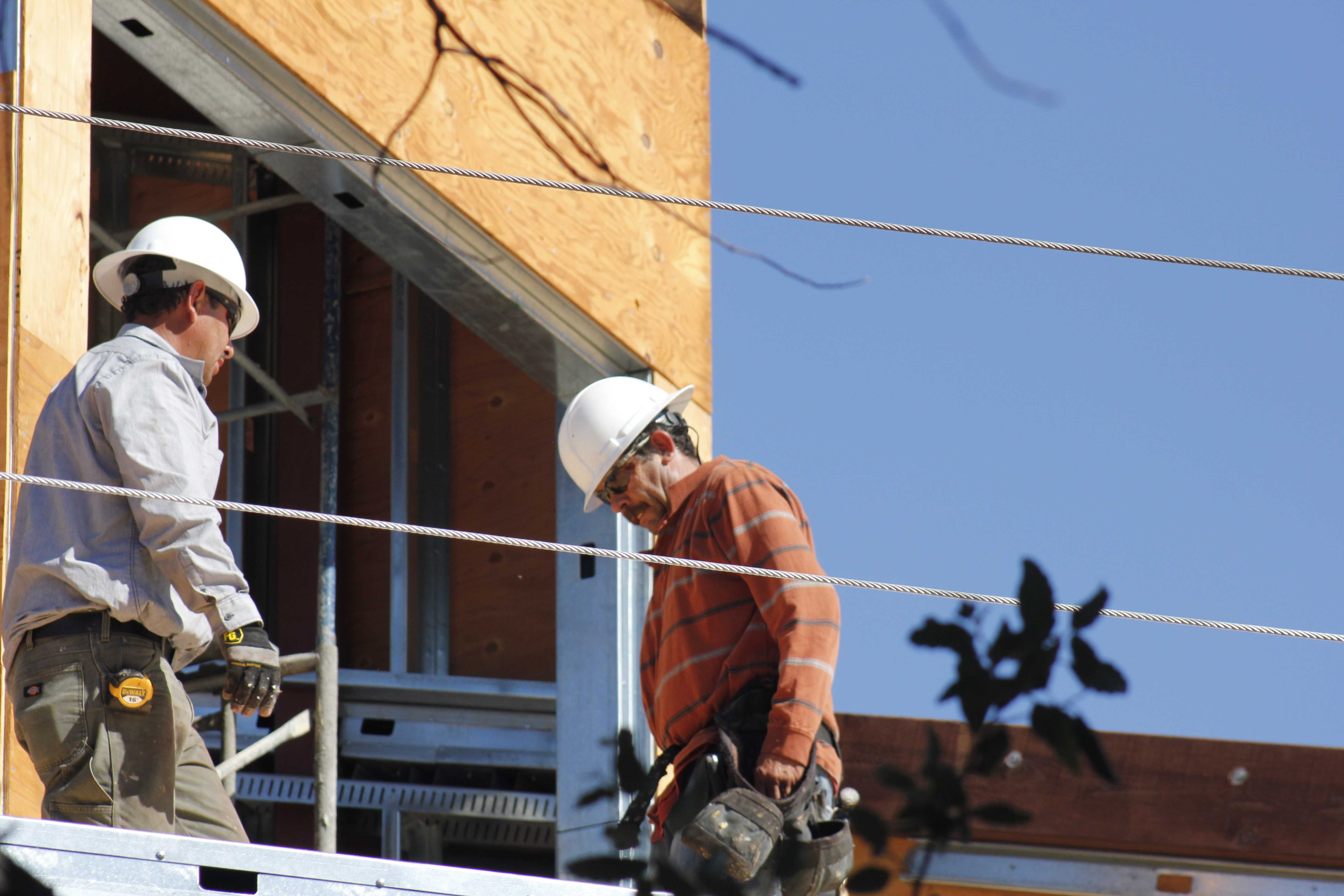
Behind the Scenes: A Day in the Life of a Remodeling Contractor
Introduction
Most homeowners see the end result of remodeling a new kitchen, a refreshed bathroom, or upgraded flooring. But very few understand what happens behind the scenes. At Salvation Home Remodeling, every single day involves careful planning, client communication, material handling, and team coordination. This article shows what a full day looks like for a remodeling contractor with real data, industry facts, and best practices.
Understanding the Remodeling Industry
Let’s first look at the industry itself.
-
The U.S. home remodeling market was worth over $500 billion in 2024, and it’s expected to reach $800+ billion by 2034.
-
The professional contractor segment alone was valued at over $360 billion, which shows how essential expert services are.
-
According to Harvard Joint Center for Housing Studies (JCHS), remodeling projects soared after 2020 due to aging homes and rising property values.
-
However, the industry faces challenges: labor shortages, material delays, and inflation in both costs and timelines.
What does that mean for a contractor? Efficiency, communication, and structure are everything.
Starting the Day (6:30 AM – 8:00 AM)
Planning & Scheduling
The contractor’s day begins around 6:30 AM. They check:
-
Today’s project schedule
-
Weather updates
-
Pending material deliveries
-
Team availability
-
Subcontractor confirmations
A contractor may handle multiple jobs, so staying organized is key. With so many homes needing updates (the average U.S. home is over 40 years old), efficient time management is necessary.
Crew Coordination
By 7:00 AM, the team gathers. At Salvation Home Remodeling, this includes lead carpenters, electricians, plumbers, and sometimes flooring or painting teams.
A short safety meeting happens daily. This includes reviewing job-site risks, tool checks, and making sure the client’s home is protected.
Arriving at the Job Site (8:00 AM – 9:00 AM)
Client Walkthrough & Updates
A professional contractor never starts without first meeting the client. A quick morning walkthrough sets expectations:
-
What’s being done today
-
Any noise or dust concerns
-
Updates since the last visit
-
Questions from the homeowner
Trust-building starts here. Clear, friendly communication reduces complaints and confusion later.
Site Setup
By 8:30 AM, the crew preps the work area:
-
Dust barriers go up
-
Tools are staged
-
Floors are protected
-
Safety signs are placed
On kitchen or bathroom jobs, isolating the area is key so the rest of the home stays usable.
For example, if working on a bathroom remodel, this process ensures water shutoff is handled correctly and fixtures are protected. (Link to your “Bathroom Remodeling” page.)
Morning Tasks (9:00 AM – 12:00 PM)
Demolition & Structural Prep
By 9:00 AM, demolition begins. This could include:
-
Removing old cabinets or tiles
-
Pulling up flooring
-
Breaking down walls
-
Hauling away debris
Everything must be done carefully to avoid damaging plumbing or electrical.
Specialist Work Starts
By mid-morning:
-
Electricians may start wiring for new lighting or outlets
-
Plumbers begin rerouting water lines
-
Carpenters begin framing for new walls or cabinetry
A remodeling contractor oversees every part of this ensuring tasks don’t overlap or cause delays.
According to NARI (National Association of the Remodeling Industry), over 57% of remodeling projects end up increasing in scope. Contractors must adapt fast.

Midday Review (12:00 PM – 1:00 PM)
Lunch Break & Progress Check
While the team breaks for lunch, the contractor checks:
-
Has the work matched the plan?
-
Are materials on track for tomorrow?
-
Are any changes needed due to surprises (like mold or hidden damage)?
This break allows for better control. Delays cost money — not just for the client, but for the contractor too.
A 2024 industry report shows time overruns are one of the top 3 reasons clients report dissatisfaction with remodelers.
Afternoon Work (1:00 PM – 4:00 PM)
Installation & Finishing Tasks
Now comes the part homeowners get excited about:
-
Cabinets are installed
-
Countertops are mounted
-
New flooring is placed
-
Paint or backsplash goes up
This is when the job starts “looking like the photos.” And yet, precision is more important than speed. For example, a misaligned tile layout can cost a day’s rework.
Many homeowners report their highest satisfaction comes from this phase — when they start seeing real change. According to NARI’s 2025 report, kitchen remodels and bathroom updates score 9.8/10 on joy scale.
Client Updates
Around 3:30 PM, contractors often send:
-
Photos of completed work
-
Summary of the day’s tasks
-
Any questions for the client
-
List of what’s coming next
This transparency reduces tension and helps build long-term trust.
End of Day Wrap-Up (5:00 PM – 6:00 PM)
Clean Up
A professional contractor never leaves a messy site. By 5:00 PM, the crew:
-
Removes debris
-
Organizes tools
-
Checks for safety hazards
-
Locks up materials if needed
Homeowners value cleanliness. Many say it’s a top sign of professionalism — especially if they’re living in the home during the remodel.
Back Office Work
By 5:00 PM, the contractor shifts from tools to paperwork:
-
Logs material usage
-
Updates project tracker
-
Confirms tomorrow’s deliveries
-
Sends budget reports if needed
-
Handles permit filings or inspection scheduling
Evening work often goes unseen, but it ensures tomorrow runs smooth.
Example Job Timeline
Let’s take a typical 5-day kitchen remodel from Salvation Home Remodeling:
| Day | Tasks Completed |
|---|---|
| Day 1 | Client walkthrough, site setup, demolition |
| Day 2 | Rough plumbing & electric, wall framing |
| Day 3 | Cabinet installation, countertop delivery |
| Day 4 | Flooring installation, backsplash, paint |
| Day 5 | Final fixtures, cleanup, client sign-off |
(Internally link this to your “Kitchen Remodeling” service page.)
Top 5 Metrics a Good Contractor Tracks
-
Time on Site
Time is money. Most crews work 8–10 hour days. Poor scheduling or downtime equals loss. -
Material Usage
Keeping waste under control helps clients save money. On average, 5–15% of materials are lost due to error or waste — good teams beat that. -
Change Orders
Over 40% of remodeling jobs include a change order (modification after the project starts). Proper planning reduces this. -
Client Satisfaction
Contractors often track review ratings, net promoter scores, or post-job surveys. Happy clients lead to referrals — over 60% of small remodeling businesses get clients from referrals. -
Profit Margins
Margins vary by job type. According to Remodeling Magazine, net margins average 5–15%. Good contractors stay within budget to protect both their margins and the client’s budget.
What Happens When Things Go Wrong?
Even professional contractors face issues:
Material Delays
Lead times for things like cabinets or countertops can stretch 4–8 weeks. Contractors order early, keep clients informed, and prepare alternatives.
Permits and Inspections
Permits can take days to weeks. A good contractor works ahead and keeps relationships with local inspectors.
Labor Shortages
There’s a growing shortage of skilled trades. The U.S. Bureau of Labor Statistics shows construction is short half a million workers in 2024.
That’s why Salvation Home Remodeling uses vetted, reliable tradespeople for all jobs — from electricians to tile pros.
Internal Operations Behind the Scenes
Behind what you see on the job site, there’s a team doing:
-
Estimating: Measuring, quoting, and planning
-
Ordering: Buying the right materials at the right time
-
Scheduling: Coordinating different trades without overlap
-
Customer Service: Answering calls, emails, and updates
-
Marketing: Keeping jobs coming in through SEO, local ads, and reviews
Small remodeling businesses often have just 2–6 full-time staff, wearing multiple hats. Yet they complete hundreds of jobs per year.
How Salvation Home Remodeling Makes It Work
Your company has a strong edge:
-
Clear scopes and contracts
-
Fast response time
-
Transparent reporting
-
Daily updates with photos
-
Clean, safe job sites
-
All services in-house (kitchen, bathroom, flooring, siding, additions)
-
Serving Fort Worth, Arlington, and all of Tarrant County
(Internally link each service to its corresponding page on your site.)
Because you offer start-to-finish remodeling, clients don’t have to juggle multiple contractors — a major source of delays in most home improvement jobs.
A Day That Builds Trust
For most homeowners, choosing a remodeling contractor is a big decision. The average kitchen remodel costs $20,000–$60,000. The average bathroom redo runs $10,000–$30,000.
When they hire Salvation Home Remodeling, they’re not just paying for materials — they’re paying for:
-
Trust
-
Communication
-
Experience
-
Efficiency
-
Peace of mind
Every step from morning walkthrough to final cleanup, reflects your professionalism. And that’s what keeps clients referring you again and again.
Conclusion
A day in the life of a remodeling contractor involves:
-
Early planning
-
On-site leadership
-
Team management
-
Client updates
-
Problem-solving
-
Cleanup
-
Office reporting
In a booming industry with rising demand and tight labor, having a structured, client-focused approach is your biggest advantage.
Homeowners want their homes in safe hands. When they see the behind-the-scenes work, they understand the value of hiring professionals like Salvation Home Remodeling.
